The history of the mountain farm
Our farm has always been run sustainably, in harmony with nature, time, plants, the moon and the seasons. We have produced following biodynamic farming methods for almost 10 years, also with the relevant certification.
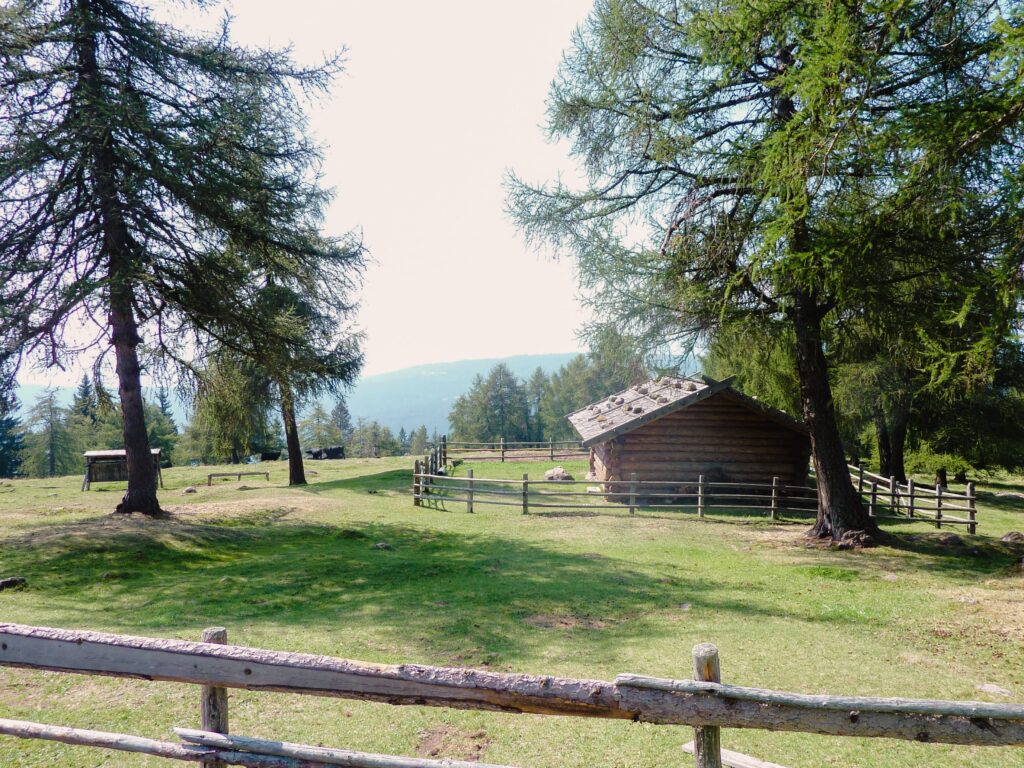
My family has deep roots in farming, originating from the Bolzano valley floor. After industrialization, about 70 years ago, each of my numerous uncles and aunts chose a different agricultural sector. Back then, my father had a winery. We were eight children and he passed on to me his passion for farming, especially for wine.
Ever since I was a boy, I set myself a goal: to make a mountain farm both profitable and sustainable. I enrolled at the Faculty of Agricultural Sciences in Vienna, to learn and explore new market niches. I quickly realised that the genuineness of a product increases as chemical treatments decrease — a principle that applies to meat, eggs, vegetables, apples, grapes, and all other products.
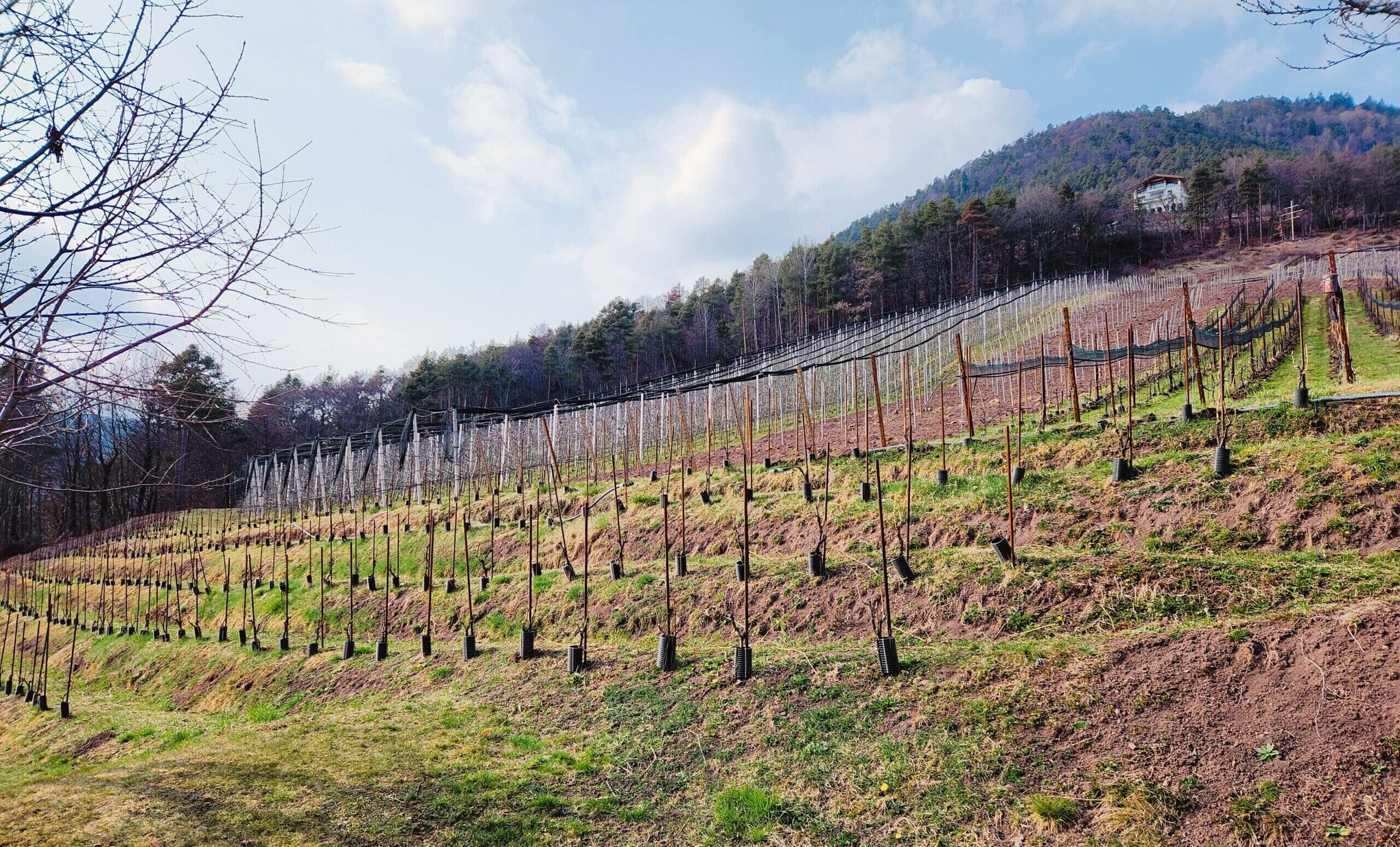
After graduating, my wife Alberta and I purchased a beautiful yet somewhat shabby mountain farm that immediately captured our hearts: 1,000 metres of altitude, alpine pastures between 1,400 and 1,800 metres above sea level, its own wood.
The farm was first mentioned in the mid-13th century. It later became known as Widum Baumannhof, meaning “supplier for the parish or church lands”, and its large oven was particularly well-regarded.
Our objective was to ensure the survival of the farm through sustainable and self-sufficient mountain farming, especially in terms of energy. At the same time, it was also a pilot project designed to inspire and motivate others to pursue similar initiatives, since mountain farming is the foundation of the beauty and uniqueness of our region.
We have lived here with our four children for over 30 years. More than 30 years ago, the decision to grow apples at this altitude was considered bold – no one believed they could ripen here. Soon apples were joined by apple and fruit distillates, apple juice, and suckler cow farming. We also expanded to growing vegetables, radishes, and finally wine. A true circular economy.
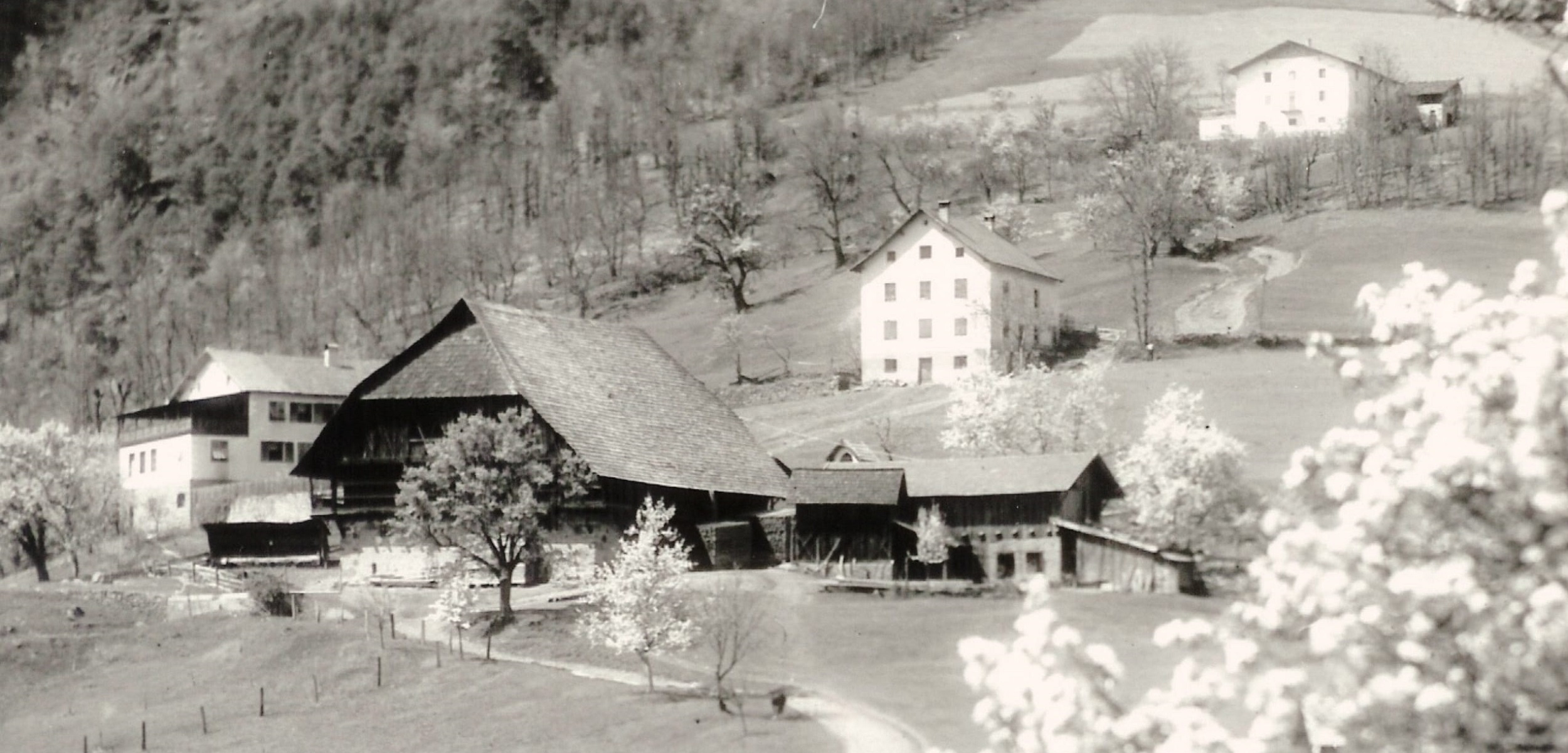
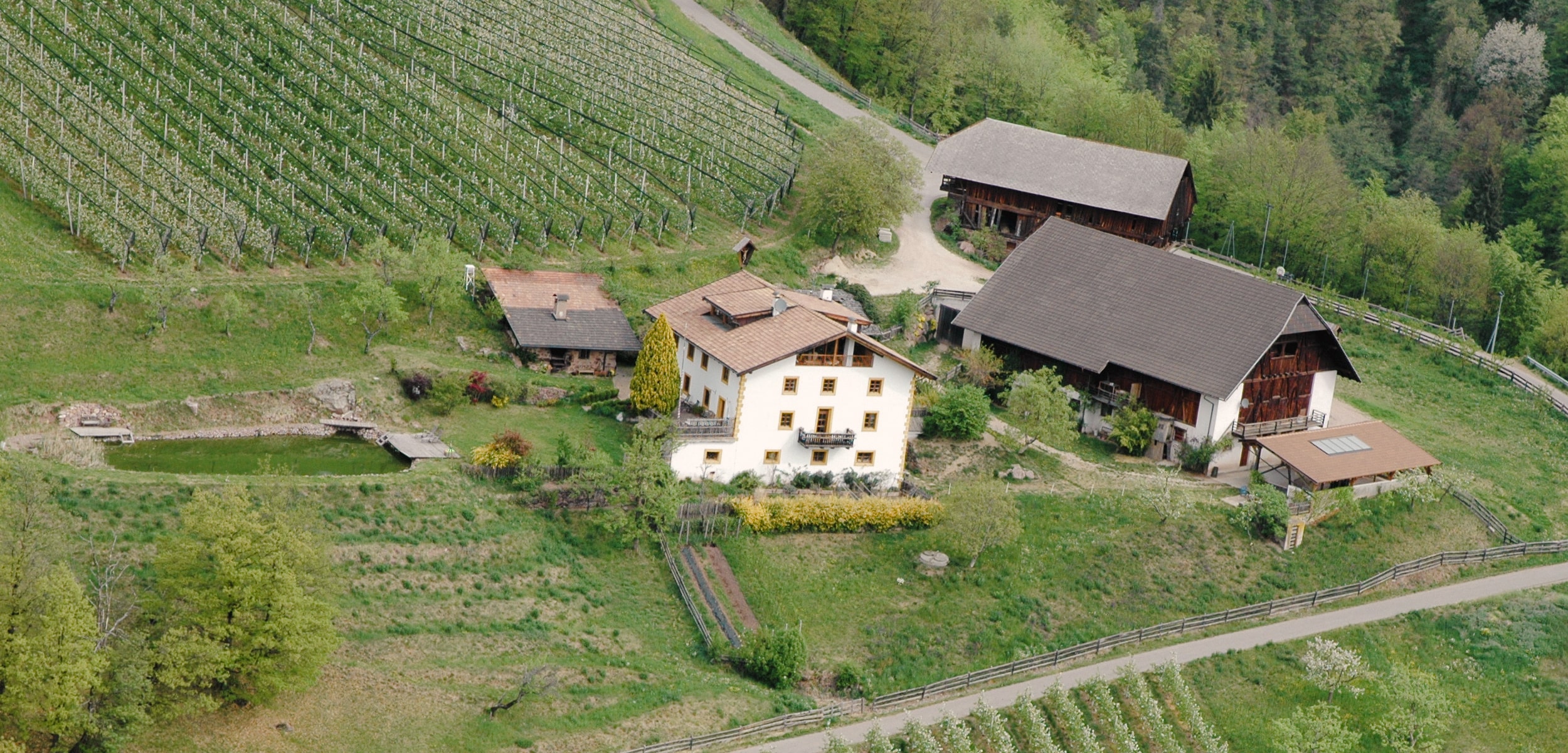
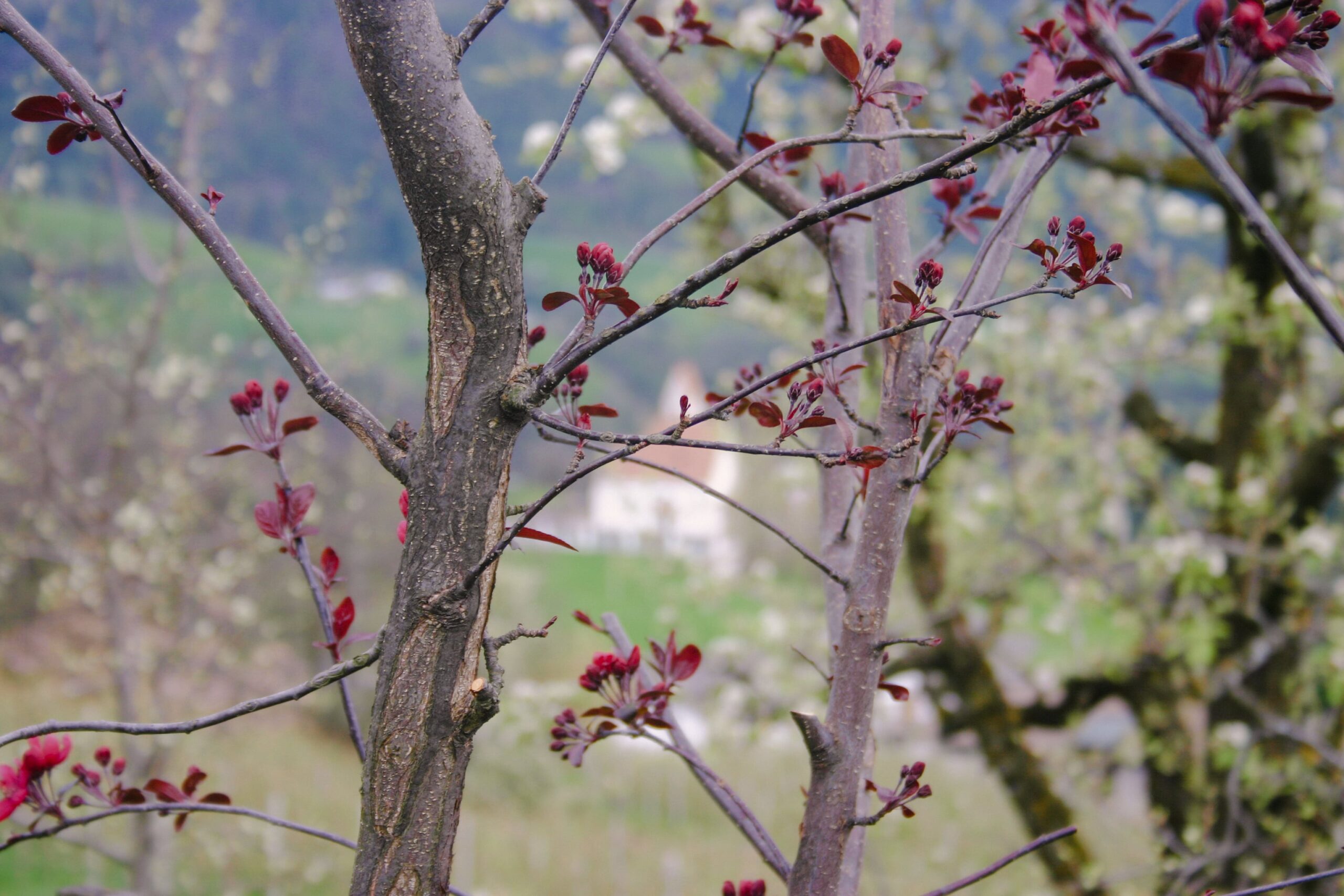
The old farm has been carefully renovated and extended over time. We only replaced what was broken, preserving everything else. With our own water supply, electricity, and wood logs from our wood, we established a completely self-sufficient reality.
The early years were challenging. There was little awareness of natural products: city housewives were unfamiliar with mixed cuts of meat or naturally cloudy apple juice.
However, little by little, a new awareness prevailed, and our apple juice has been repeatedly awarded as the best in South Tyrol.
Ciders followed shortly afterwards, with natural and classic bottle fermentation, a small-scale production that has been ongoing for almost 10 years. In 2012, driven by the effects of climate change, some vinification trials were conducted, since rising valley temperatures make achieving the ideal level of natural acidity increasingly difficult.
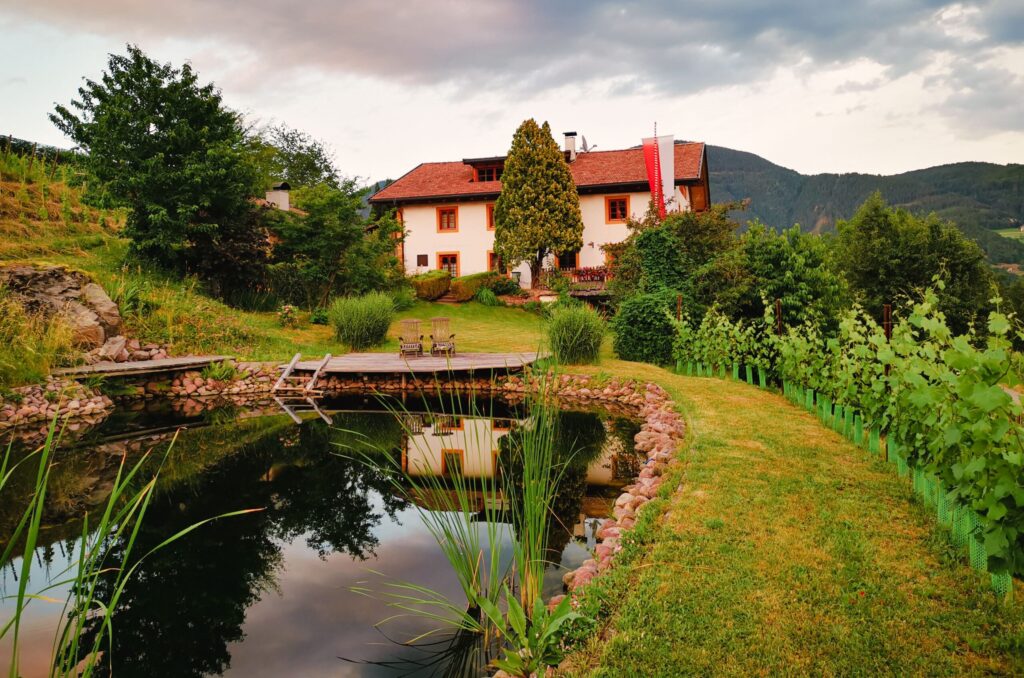
We planted eleven varieties and carried out micro-vinification experiments in glass demijohns, including maceration in amphorae and refermentation following the classic method. These trials continued for years, with the goal of identifying the varieties and methods that delivered the best results. Today, we have retained seven varieties, while we have introduced the green grafted for the others. These are also vinified following the ancient tradition of the mixed vineyard, where grapes are harvested and fermented together in wooden barrels or amphorae.

